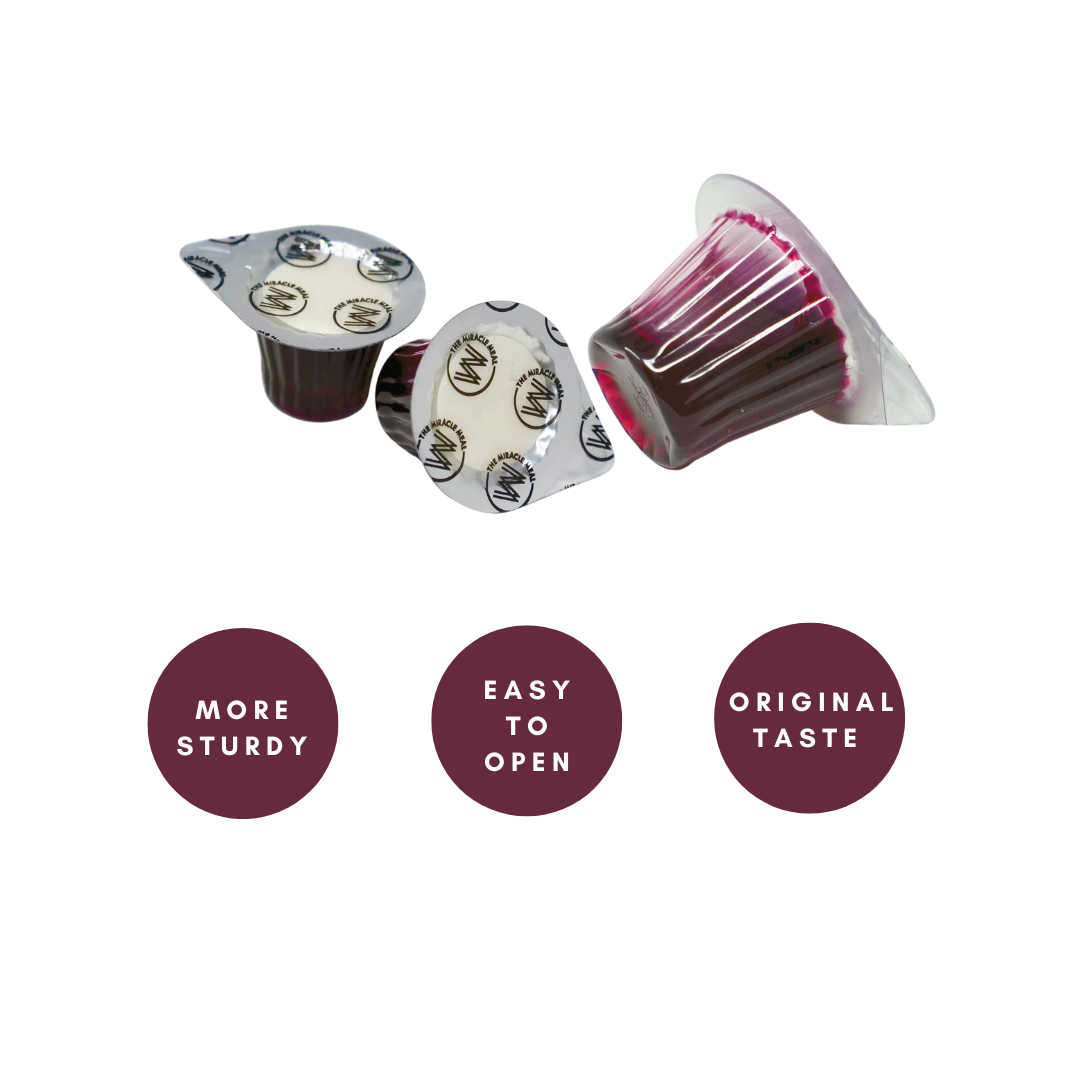Does Everyone Drink From The Same Cup In Communion?
This topic often sparks discussions among church members, as different congregations may follow unique traditions. Some churches have a single chalice for all participants, while others offer individual cups. The purpose of this article is to explore where this practice comes from, why it varies, and how modern communion cup options have evolved.
Many people wonder about unity, symbolism, and practicality when it comes to the question of whether a single vessel is shared during the Lord’s Supper. These considerations can enrich our understanding of worship and bring clarity to the sometimes-confusing details of sacramental customs. Read on to discover how various denominations approach the practice and what factors influence their decisions.
The Origins and Variations of Communion Cups
Early Christian gatherings focused heavily on the symbolic nature of partaking in Christ’s body and blood, typically sharing one vessel among all believers. Over time, this approach emphasized unity within the congregation, reflecting the belief that all worshippers should share equally in the blessings of faith. Yet as Christianity spread, different cultures adopted distinct Eucharistic customs, so whether an entire assembly drinks from a single container or not can depend on the local tradition and doctrinal interpretations.
Some churches today still uphold an ancient tradition by passing around one common chalice for all to share. In many traditional liturgical settings, the communal cup is often made of precious metal and is carefully handled to avoid spilling or contamination. The sense of sacredness that surrounds this method can be deeply meaningful for worshippers, helping them feel a direct link to centuries of believers who have practiced the same ritual.
On the other hand, certain denominations have moved away from shared chalices, citing practical concerns and health-related reasons. As awareness of communicable illnesses increased, many congregations transitioned to smaller individual cups or even alternative serving methods. This shift doesn’t necessarily diminish the spiritual significance—many believers still view these multiple cups as equally meaningful. Instead, it’s a reflection of adapting traditions to current needs and considerations.
The Health Factor and Modern Preferences
One ongoing question is whether the spiritual benefits of a single container override worries about hygiene and safety. Shared chalices can be seen as a powerful token of communal elements, yet some congregations feel more at ease with individual cups to limit germ transmission. This perspective took root particularly during times of outbreaks and pandemics, prompting faith communities to rethink long-standing practices.
Individual cups have become especially popular among churches that wish to protect those with weaker immune systems. Even where members trust that the communion wine’s alcoholic content or the wiping of the chalice rim serves as a disinfectant, a shared vessel may raise concerns for some congregants. This approach streamlines the distribution process too, allowing worshippers to participate in the sacrament with minimal coordination while respecting personal comfort levels.
Additionally, using separate cups can help congregations serve a larger number of participants more efficiently. With many worship services being time-bound, separate cups for everyone can speed up distribution. It also accommodates congregants who may have differences in physical ability, ensuring that all people can partake securely in their seat without the challenge of sharing a single chalice.
The Benefits of Single-Serve Communion Cups
Modern convenience and careful manufacturing have given rise to pre-filled communion cups that combine both wafer and juice in one sealed package. These handy containers reduce the time spent preparing bread and drink elements before services, and they address the uncertainty over whether everyone should sip from one unified cup. For congregations seeking a practical solution that respects tradition yet embraces innovation, single-serve options strike a balance.
Brands like The Miracle Meal design these pre-packaged elements to be simple to use without sacrificing reverence. The top film peels back to reveal the wafer, and a second, quieter foil seal opens the juice compartment, making it easy to partake without distracting others. Each element is protected from the outside environment, and every cup can last up to a year on the shelf under normal conditions, eliminating concerns about introducing contaminants or rushing to use the items before they spoil.
Furthermore, this kind of packaging offers an environmentally conscious benefit: the cups are crafted from recyclable plastic, reducing the immediate waste that many might assume comes with disposable options. After taking part in the sacraments, congregants can easily clean and recycle their used cups, allowing churches to streamline both preparation and clean-up while minimizing environmental impact. In this way, single-serve communion cups can address a range of practical needs while honoring the spiritual significance of the shared meal.
Conclusion
Whether individuals collectively partake from one vessel or opt for personal servings, the essential point remains the same: Christians gather to remember Christ’s sacrifice and celebrate the unity of faith. Each tradition has historical and theological backing, and the best approach is often the one that resonates most with a congregation’s beliefs and circumstances. Historical developments, cultural shifts, and progress in health science have all influenced why some choose a communal cup, while others use individual cups or pre-fill options.
If you’re seeking a simpler, more efficient way to serve communion in your community, we invite you to explore our store for easy-to-use, pre-filled communion cups. Our service focuses on convenience and quality, offering a year-long shelf life, hygienic packaging, and recyclable materials to meet the diverse needs of today’s congregations.
 LOCALLY BASED IN AUCKLAND
LOCALLY BASED IN AUCKLAND


